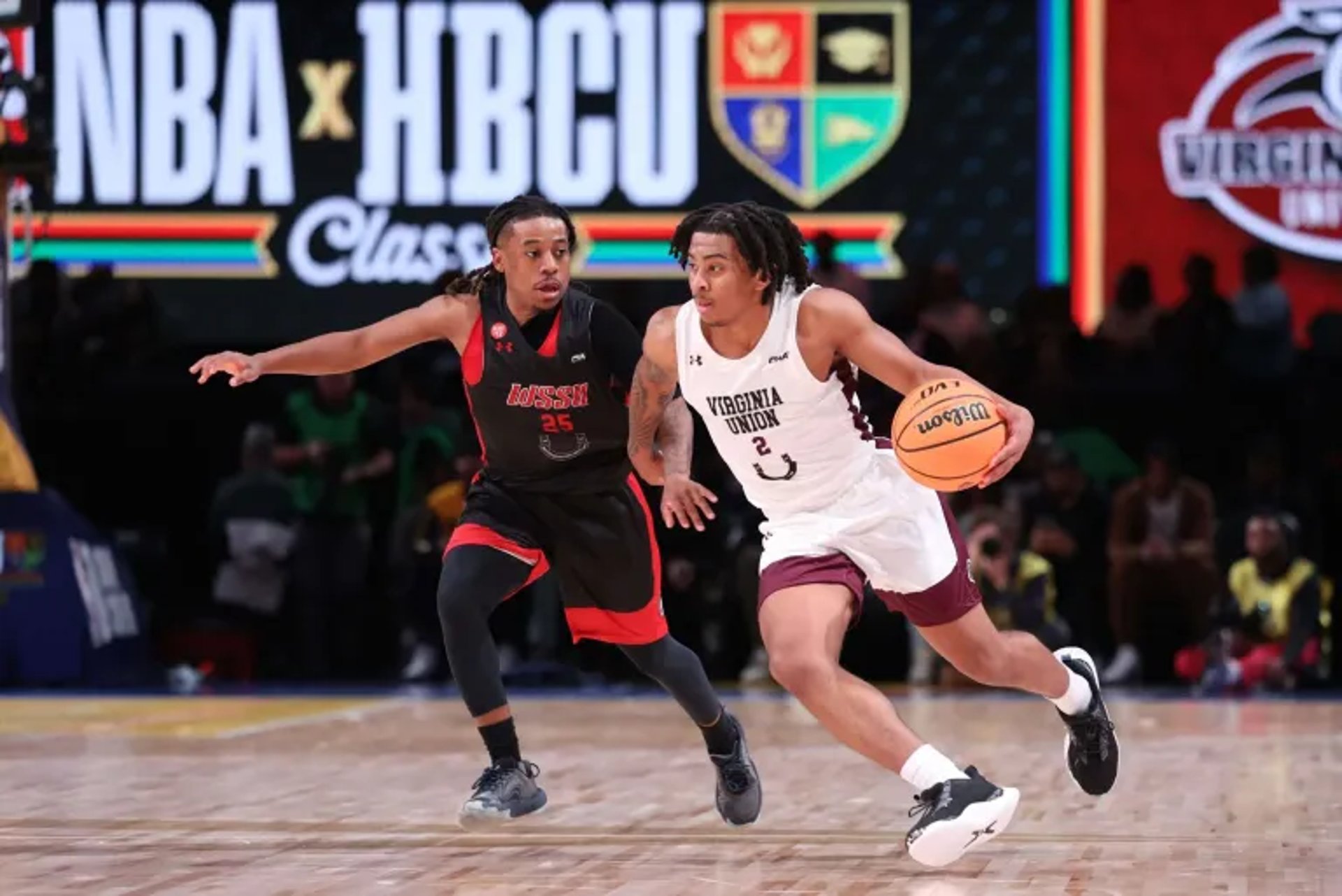
Blog

NCAA NAME, IMAGE, LIKENESS RULE
Guidelines for NIL High School & College
College sports are undergoing a major shift, all because of one important question: Should college athletes be paid? In June 2021, the NCAA responded by implementing an interim policy on name, image and likeness, or NIL, allowing student-athletes to make money from their personal brand. However, it can be a bit complex to navigate.
NIL laws vary by state, meaning your state may or may not have its own NIL regulations you must adhere to. Whether high school students can participate in NIL activities depends on the rules set by your state’s high school sports association. Additionally, colleges and universities often have their own unique rules for NIL.
Our guide aims to simplify NIL rules for high school athletes and parents involved in the recruiting process. Understanding what’s allowed and what’s not can ensure your eligibility for college sports and maximize your potential for future NIL opportunities.
WHAT DOES NIL MEAN? WHAT IS THE RIGHT OF PUBLICITY?
Name, image and likeness (or NIL) are the three elements that make up “right of publicity”, a legal concept used to prevent or allow the use of an individual to promote a product or service. For example, if an athlete’s photograph is taken while wearing an athletic brand, and that brand uses the photo to promote their products without the athlete’s consent, that athlete could claim the brand is in violation of the right of publicity.
The right of publicity is generally used to protect against the misuse of an individual’s name, image and likeness for commercial promotion. However, the NCAA has been scrutinized for years, as critics say the NCAA takes advantage of student-athletes by using their name, image and likeness for profit, while not allowing the athletes to cash in, as well.
WHAT IS THE NCAA NIL RULE?
The NCAA’s interim policy, which was passed in June 2021, has three main parts:
Athletes can engage in NIL activities if they follow their state’s laws where their school is located. Schools must ensure these activities comply with state law.
Athletes in states without NIL laws can still participate in NIL activities without breaking NCAA rules.
Athletes are allowed to seek professional service providers for their NIL activities.
Student-athletes should report NIL activities consistent with state law or school and conference requirements to their school.
EXAMPLES OF NIL ACTIVITIES FOR STUDENT-ATHLETES
With the NCAA changing the existing NIL rules to begin allowing athletes the right to profit from the use of their own name, image and likeness, here are a few examples of what student-athletes could now be paid for:
Autographs and memorabilia
Camps and clinics
Personal appearances
Merchandise
Affiliate/ambassador roles
NFTs
Blogging
Podcasting
Public Speaking
Music, art, etc.
WHAT HIGH SCHOOL STUDENT-ATHLETES NEED TO KNOW
NIL is an exciting opportunity for both college and high school athletes, but before you dive into name, image and likeness deals as a high school student, there are some important things to keep in mind. It’s a good idea to start preparing early and understand how NIL could impact your path to college.
State NIL rules: Each state has its own NIL regulations, so what’s allowed in one state may not be the same in another.
High school NIL rules: Though the NCAA permits high school student-athletes to monetize their NIL, check with your high school or sports association’s rules to avoid violations.
Colleges and conference-specific NIL rules: In college, you’ll also need to be aware of what your college or conference allows for NIL, not just the state law.
Know your risks: Engaging in NIL activities without considering the rules set by your state or high school sports association could jeopordize your eligibility to play college sports – and we know you don’t want that!
Prioritize school and sports: Keep up with your grades and improve your skills for college-level competition – this boosts both your college prospects and future NIL opportunities.
Seek guidance: Ask current college student-athletes for advice on name, image and likeness. They can connect you with NIL professionals and help you make smart choices! You can also explore the option of consulting with financial management experts, listening to industry leading podcasts and attending NIL workshops.
Build your online presence: Even if you don’t plan to engage in NIL deals in high school, begin building your online presence on social media. Sharing your journey and interests can help college coaches know you better for recruiting and set the stage for future NIL opportunities.
Stay informed: NIL rules and regulations are constantly changing as states, schools, and conferences assess their impact on athletes. Staying up-to-date on these developments and trends will help you make informed decisions during your high school and college journey.
